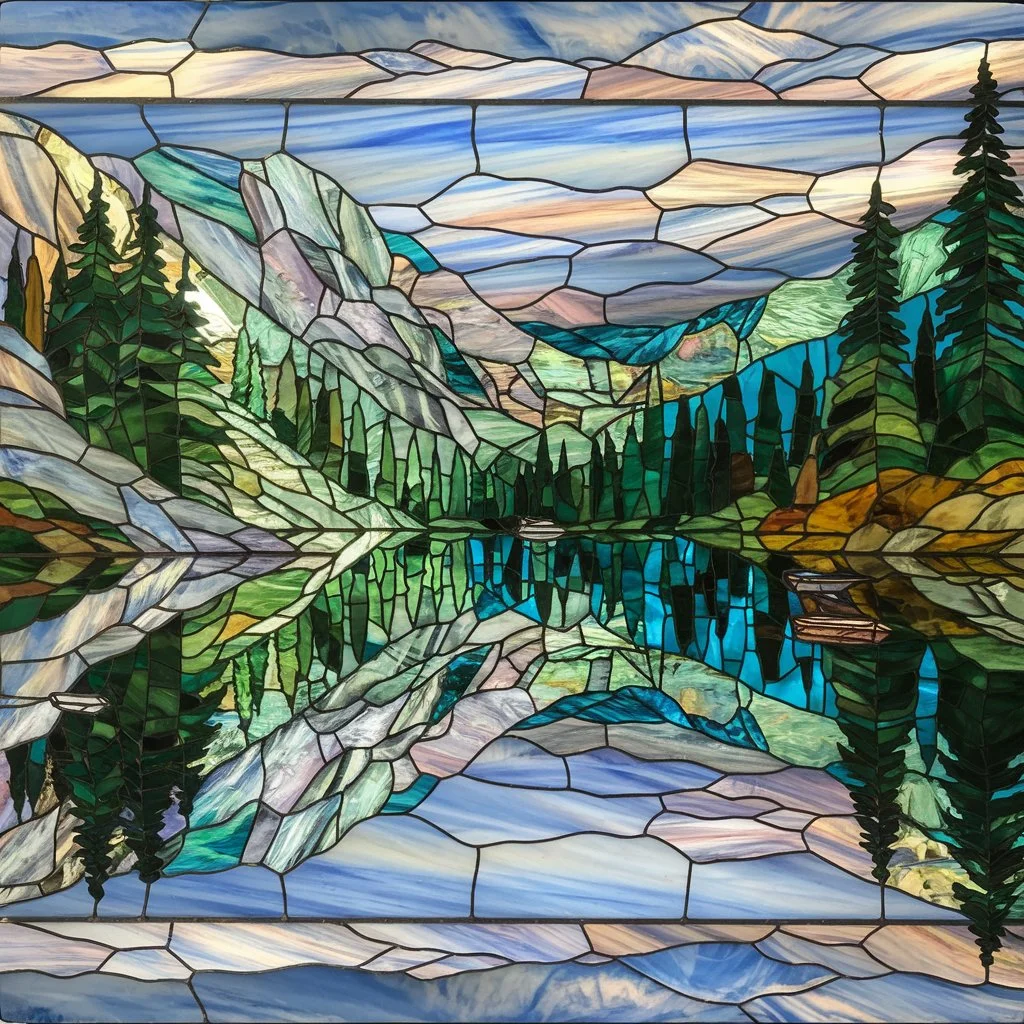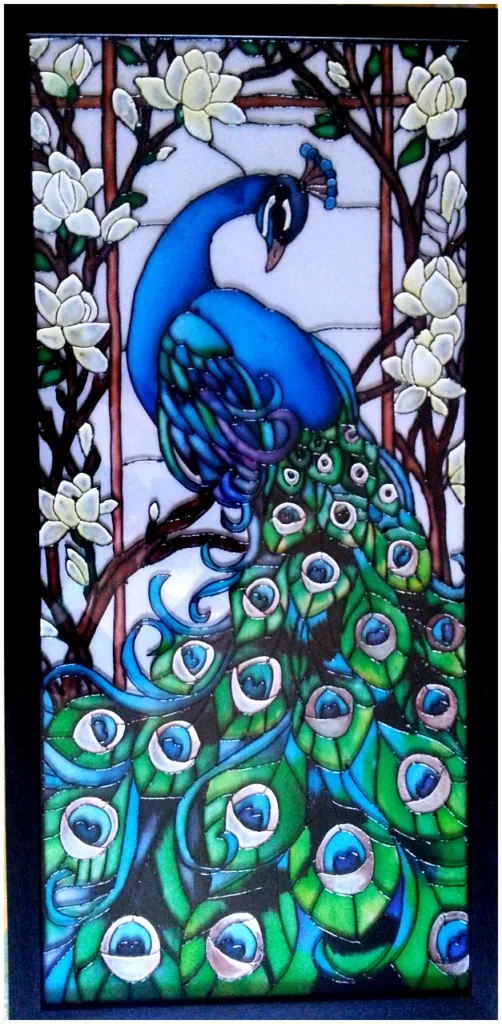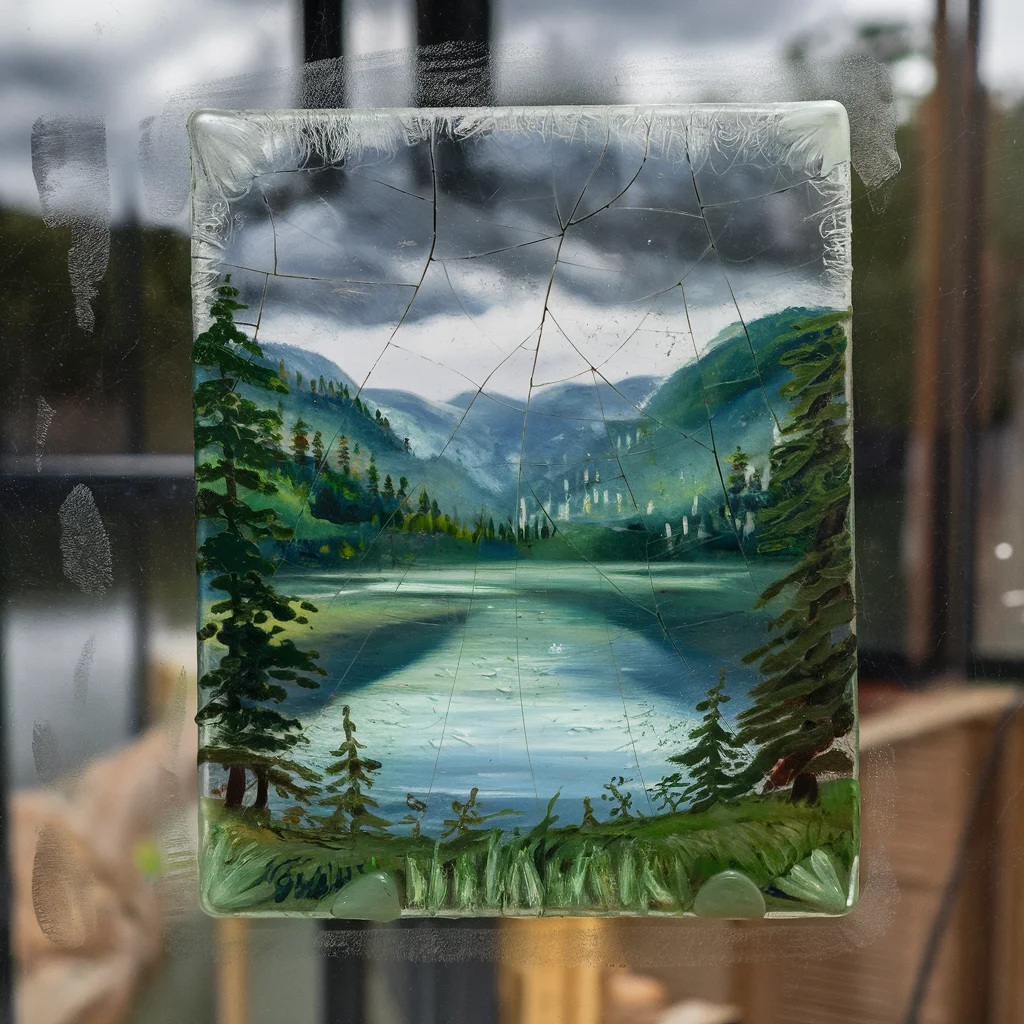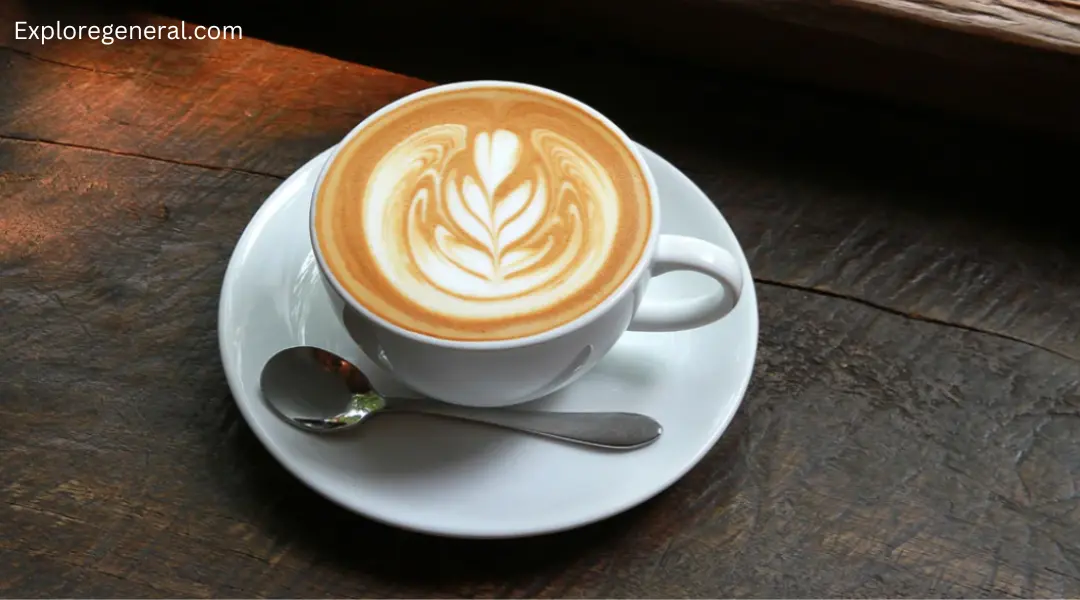Glass painting is an ancient art form that combines creativity, skill, and a deep appreciation for both light and color. From its roots in early civilizations to its contemporary use in home décor and artistic expression, glass painting continues to captivate artists and viewers alike. In this article, we will explore the history, techniques, materials, and modern applications of glass painting, highlighting its continued relevance in both the art world and daily life.

If you want to know more about Tech Flex Heat Resistant then checkout our last blog post.
A Brief History of Glass Painting
The origins of glass painting stretch back thousands of years, with evidence suggesting that the practice began in ancient Egypt around 2000 BCE. The Egyptians were among the first to create decorative glass items, often painting designs and motifs on small glass artifacts. However, it was during the medieval period that truly began to flourish, especially in Europe. Stained glass windows for example, became an iconic feature of Gothic cathedrals.
In these religious settings, glass painting served a symbolic and educational purpose. It wasn’t just an aesthetic choice, the brightly colored windows told stories from the Bible, allowing the illiterate masses to “read” religious narratives through vivid imagery. The intricate designs and the use of light through the glass brought the stories to life. Over time, this method of storytelling spread across Europe, and stained glass became integral to the architecture of churches, monasteries, and civic buildings.
During the Renaissance, glass painting continued to evolve. Artists refined the techniques of applying and firing glass paints, making the art form more intricate and detailed. By the 19th and 20th centuries, industrial advancements made glass production easier and more affordable, allowing glass painting to reach broader audiences. As a result, glass painting transitioned from religious and architectural contexts into more personal, decorative, and even commercial uses.
Techniques in Glass Painting
Today, glass painting encompasses several different techniques, each with its own distinct method and end result. The key to successful glass painting is understanding the properties of glass, how it interacts with light, and how to manipulate it with various materials. Whether you’re working with stained glass, reverse glass painting, or decorative glassware, each technique offers unique opportunities for creative expression.
1. Stained Glass Painting
One of the most famous methods in stained glass painting involves applying paint directly to glass panels to create detailed images or patterns. This technique is often used for religious or architectural purposes, though it can also be applied to smaller pieces of decorative art.
In stained glass painting:
- The design is outlined first: Artists use special lead or copper foil to create a framework, which serves as a boundary for the paint. This outline, known as a “came,” holds the painted sections in place.
- Pigments are applied: Artists mix glass paints, often combined with a binder like gum arabic, and apply them to the glass in layers. The paints are transparent, allowing light to pass through and creating a luminous effect.
- Firing is essential: After the paint is applied, the glass must be fired in a kiln to set the paint and make it permanent. The firing process also intensifies the colors, giving them depth and brilliance.
This technique is not only about the application of color but also about how the glass interacts with light. The final piece must balance the colors and transparency of the glass to create a dynamic effect.
2. Reverse Glass Painting
Reverse glass painting, or “front-loading” glass painting, is a technique where the artist paints on the back side of the glass. The design is built up layer by layer, starting with the background and moving to the foreground. This method allows for more control over fine details and results in a glossy finish.
In reverse glass painting.
- The design is traced on the reverse side of the glass: Artists draw the design directly on the glass using a pencil or fine marker.
- Layered painting: The artist then paints from back to front, allowing each layer to dry before adding the next. This process ensures that the details are visible when viewed from the front, with the most intricate elements added last.
- Final presentation: Once complete, the glass is typically framed or placed in a structure to showcase the painting, allowing the colors to shine through the clear glass surface.
Reverse glass painting creates a unique visual effect, as the paints are protected beneath the glass, ensuring their longevity. This technique is particularly popular for creating decorative pieces like plates, trays, or small panels.
3. Glass Bottle Painting
Another modern adaptation of glass painting is bottle painting, where artists repurpose empty glass bottles as canvases. This form of glass art has gained popularity due to its accessibility and versatility. Artists use glass paints or acrylics to decorate bottles with a variety of designs, ranging from simple floral patterns to intricate portraits or abstract compositions.
In bottle painting.
- The surface is prepared: Bottles are cleaned thoroughly before painting to remove any dust or oils.
- Designs are applied: Artists either freehand the design or use stencils to create their artwork on the bottle. Some may use a combination of paint types, such as enamel, for a glossy finish or metallic paints for a dramatic effect.
- Baking to set the paint: After painting, the bottles are often baked to set the paint, ensuring that it adheres well and is durable.
Glass bottle painting allows for a range of creative possibilities, making it a popular hobby and a way to create custom gifts or unique home décor pieces.
4. Glass Etching
Although not technically a form of painting, glass etching is another way to create beautiful designs on glass. Instead of painting on the glass, artists use acid or abrasive methods to etch designs into the surface. This technique creates a frosted or matte effect that contrasts with the smooth, clear glass.
In glass etching:
- A stencil or freehand design is applied: Artists either use a stencil or carefully freehand their design onto the glass.
- The glass is etched: Depending on the method used, either an abrasive tool or an etching cream is applied to the glass to etch the design.
- Finishing touches: After etching, the glass can be cleaned and polished to give it a smooth, frosted finish.
Etching is often used for smaller items like glassware, mirrors, and decorative glass panels. It creates a refined, elegant look and can be combined with other painting techniques for added depth.

If you want to know more about Tech Flex Heat Resistant then checkout our last blog post.
Materials Use
The materials used are crucial to achieving the desired results. Unlike standard paints, glass paints are specially formulated to adhere to glass surfaces and interact with light in specific ways. Some of the most common materials include:
- Glass Paints: These are designed specifically for glass surfaces. Available in various types, such as transparent or opaque, these paints allow artists to create vibrant, luminous designs. Some popular brands offer pre mixed glass paints, while others offer pigments that can be mixed to create custom colors.
- Brushes and Tools: Fine tipped brushes, especially for detail work, and larger brushes for background or broad strokes are essential for working with glass. Some artists also use sponges or sponging tools for texture effects.
- Varnishes and Sealers: To protect the final piece and enhance its durability, varnishes or sealers are often applied once the paint is dry. These provide a glossy finish and can make the colors pop.
- Lead Came or Copper Foil: For traditional stained glass, artists use lead came (for larger, more structural designs) or copper foil (for smaller, more intricate designs) to outline and hold the glass panels together.
Modern Applications
It has deep roots in religious and architectural art, today it serves a broad range of purposes. Artists and hobbyists use glass painting in various fields, including home décor, commercial art, and personal gift making.
1. Interior Design
Glass painting is increasingly used in interior design, with artists creating painted glass windows, partitions, mirrors, and wall art. The beauty of painted glass lies in how it interacts with light, creating dynamic effects depending on the time of day and the surrounding environment. Glass panels and windows with painted designs are often incorporated into modern homes, adding sophistication and character.
2. Personalized Gifts and Collectibles
Glass painting has found a popular niche in the world of custom gifts. Hand painted glassware, including mugs, glasses, and vases, are treasured as personalized presents. These one of a kind pieces are ideal for special occasions such as weddings, anniversaries, or birthdays.
3. Jewelry and Fashion
The art of glass painting has even found its way into the fashion industry. Artists create unique, hand painted glass pendants, earrings, and bracelets, offering wearable works of art. These jewelry pieces often incorporate intricate patterns or vibrant colors, making them bold fashion statements.
4. Commercial Art and Branding
Businesses also use glass painting in branding and decoration. Painted glass windows, doors, and signage can attract customers with bold and creative designs, while still maintaining a professional look. This trend has become especially popular in cafés, boutiques, and other storefronts, adds an artistic flair.

If you want to know more about Tech Flex Heat Resistant then checkout our last blog post.
Conclusion
Glass painting, with its rich history and diverse techniques, continues to be a captivating and versatile art form. From traditional stained glass windows to modern décor and personal gifts, glass painting’s ability to capture light and color makes it an enduring medium. Whether you are an experienced artist or a hobbyist, exploring offers endless creative opportunities to express yourself through one of the most dynamic art forms in existence.



Pingback: How Long Does It Take to Climb Mount Everest?. A Comprehensive